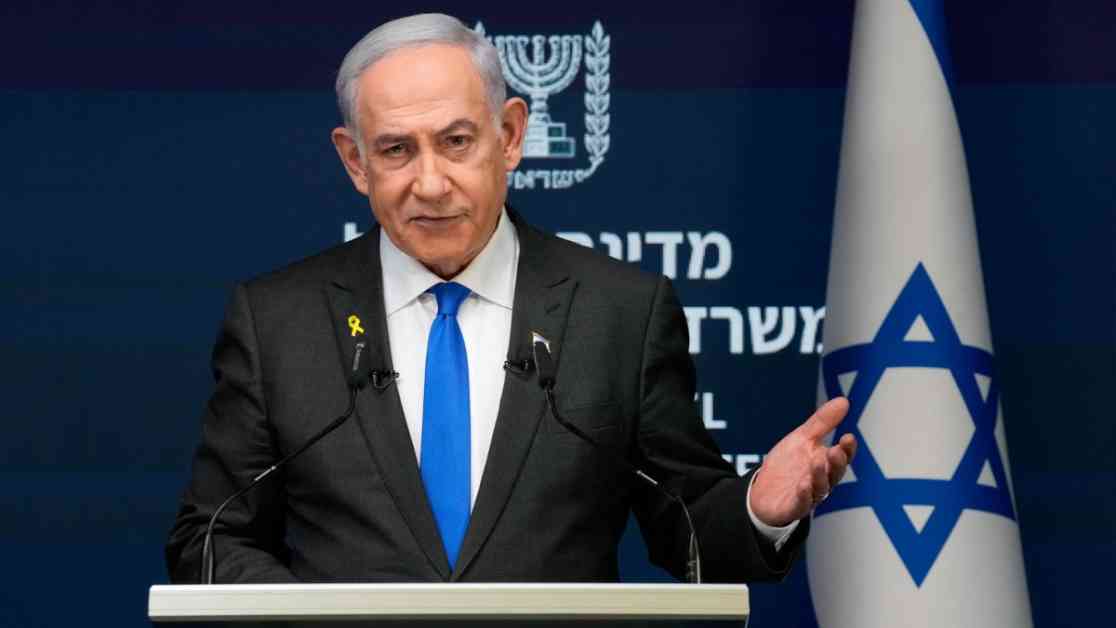Israeli Prime Minister Benjamin Netanyahu’s recent move against Hezbollah has raised concerns of triggering a potential Iranian response, escalating tensions in the region. The elimination of Hezbollah’s leader has left a power vacuum that Iran may seek to fill, leading to further instability and the possibility of a wider conflict.
### Escalating Tensions in the Middle East
The recent targeted killing of Hezbollah’s leader has prompted Iran’s Supreme Leader, Ali Khamenei, to retreat to a secret location in Iran amid the chaos and destruction caused by Israel’s military campaign in Lebanon. Khamenei has long been a vocal critic of Israel, describing it as a “deadly cancerous growth” that must be eradicated. With Hezbollah’s close ties to Iran, the group’s leadership vacuum has left Tehran with a significant decision to make regarding its next steps in the conflict.
Israel’s military campaign against Hezbollah, which includes airstrikes in Lebanon and the Beqaa Valley, has been met with resistance and retaliatory missile attacks from the group. The ongoing violence has forced thousands of Israelis to flee their homes along the border with Lebanon, further exacerbating the already tense situation in the region.
### Regional Implications and Reactions
The conflict between Israel and Hezbollah has broader implications for the Middle East, with neighboring countries like Jordan and Saudi Arabia expressing concern over the escalating violence. Jordan’s Prime Minister has warned that unless Israeli aggression is halted, the region could be engulfed in a full-scale war that would impact all nations involved.
Saudi Arabia, which had been moving towards normalization with Israel, has now distanced itself from the country in light of recent events. The Emirates and Bahrain, who had previously signed the “Abraham Accords” with Israel, may also reconsider their diplomatic relations in light of the ongoing conflict.
### Iran’s Potential Response
With Hezbollah’s leader eliminated, Iran may seek to retaliate against Israel through its proxies in Iraq and Yemen. The use of drones and missile attacks by Iranian-backed groups could further escalate the conflict and draw in additional regional powers, including the United States.
The loss of Hezbollah’s leader has elevated the group’s status as a key player in the “Axis of Resistance,” posing a significant challenge to Israel and its allies. The new leadership in Hezbollah may adopt a more aggressive stance, leading to increased violence and instability in the region.
In conclusion, Netanyahu’s risky move against Hezbollah has set off a chain reaction of violence and instability in the Middle East. The elimination of Hezbollah’s leader has created a power vacuum that Iran may seek to exploit, leading to further conflict and potential retaliation. The region now faces the prospect of a wider war, with implications for all nations involved.













